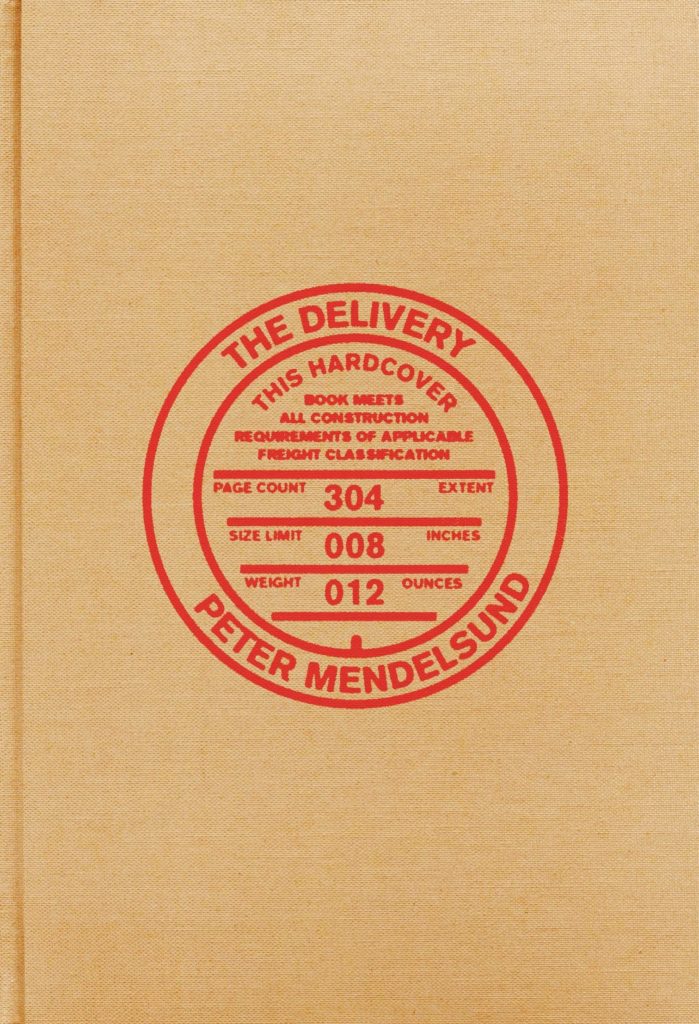
The doorman called up, the delivery boy waited, the doorman spoke to the big switchboard, the delivery boy was pointed to the elevator bank on the right.
___________
The customer was on the third floor, so it would all be over in a flash.
___________
The customer could not find his wallet.
___________
Sounds of the customer rooting around (the delivery boy couldn’t see very far into the darkened entryway); the seconds and the minutes ticked by, each one counting against the supply the delivery boy had in trust.
___________
Time passed. The seventeenth customer made apologetic noises.
The elevator doors closed behind the delivery boy and left the floor.
___________
There was a device above the elevator that counted the floors. It was semicircular, with an arrow. (Like the top half of a clock.)
___________
The delivery boy stood in the hall as the elevator went down, then up, and then down again, describing a portion of a half circle.
___________
The doors opened. A man and a woman came out. They looked sideways at the delivery boy, and entered their own apartment, latching their door; the kind of door that locks with a heavy click.
The delivery boy waited more. The bank of the delivery boy’s time-per-customer diminished further.
___________
The dispatch girls clocked distance-and-time-per-delivery.
___________
The Supervisor would check these figures. Not always, but at random times.
___________
The delivery boy heard a peephole slide open behind him.
He waited, and anticipated hearing it chime closed.
___________
It didn’t.
___________
Customer seventeen returned to the hallway and gestured to the delivery boy.
The customer was out of breath. “Better you should wait in here.”
___________
“Never go into their homes,” N. had warned, with particular emphasis.
___________
But the delivery boy could not stand in the hallway forever; he did not want trouble from the doorman, and he was reluctant to frighten the customer’s neighbors any further.
___________
He took a few steps, and just like that he was inside.
___________
Then they went even farther in: leaving the dark vestibule and entering a large room.
___________
Bright, colorful.
___________
There were framed pictures on the walls. Clustered on every surface of the room and its furniture were objects (little figurines, fetishes, pieces of art, souvenirs, small easels with photos and miniature paintings, curios made of clay, wood, metal, so on. Dolls, pots, antiques of every stripe. On one of the walls was a large tapestry. Under it, on a wooden column, was a contraption involving thread and wood, a spindle of some sort, but not one that could possibly work in any meaningful way. There was political memorabilia, porcelain busts of old-world leaders, antique toys, and a large, tapering cylinder of brass. Puppets. Trinkets. Books on shelves, and on the floors. Stamped-metal road signs, architectural plans, clocks, a pendulum, a stuffed warbler . . .)
___________
“I’m sure it’s in the kitchen . . .”
___________
The delivery boy loosened the top button of his shirt.
Cocky, he thought.
___________
Time ticked by, but then the delivery boy saw a statuette—of the Strongman, the ruler of the delivery boy’s homeland. It was standing among a crowd of other busts and junk, as if it were simply another knickknack.
The delivery boy left the bag on the floor of the colorful room.
He closed the front door quietly behind him.
He took the stairs down.
___________
Later, sitting at a red light, he closed his eyes hard. Stupid, stupid.
___________
“That was a cash order,” N. reminded him.
___________
(“The Strongman” was not the name of the tyrant from the delivery boy’s homeland, but will suffice.)
___________
(Generalissimo, Commissar, General Secretary, Field Marshal, Chairman . . .)
___________
No. No. The delivery boy was fine.
___________
He was fine.
___________
(The dispatch girl who had turned away from the delivery boy in the warehouse corridor: for a week afterward, she had brushed her hair forward, and to the left.)
___________
Yes, he was fine. He would pay for customer seventeen’s meal himself. He would pay with the cash tip from customer eleven, which covered half of the cost, and the rest he would pay for out of his tips share.
___________
So.
___________
Customer eighteen.
Average.
___________
“Pull yourself together,” N. said.
___________
(N. had no patience.)
___________
Rain again.
Pelting his helmet with mean little beaks.
__________________________________
Excerpted from The Delivery by Peter Mendelsund. Published by Farrar, Straus and Giroux. Copyright © 2021 by Peter Mendelsund. All rights reserved.


